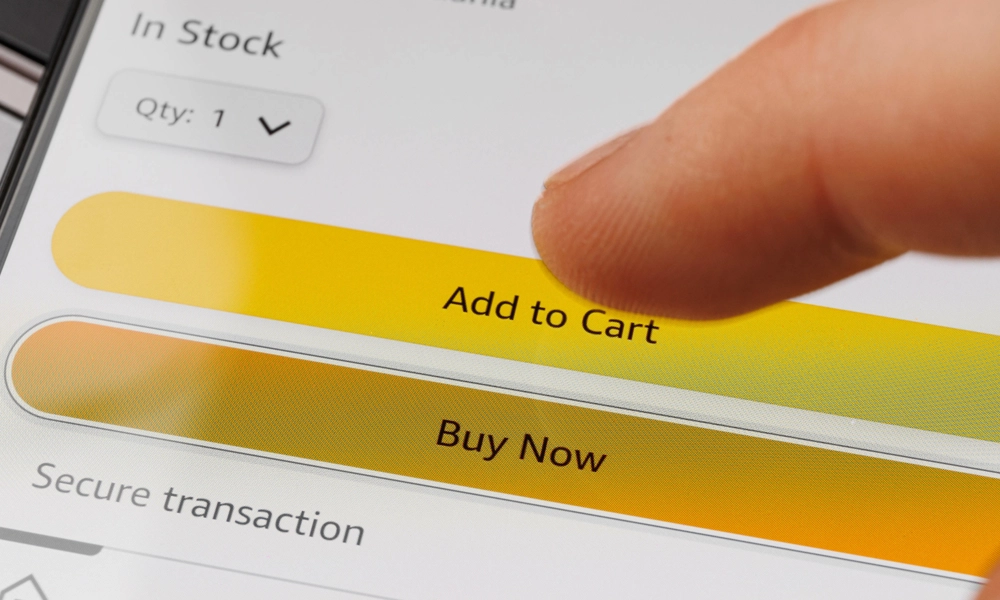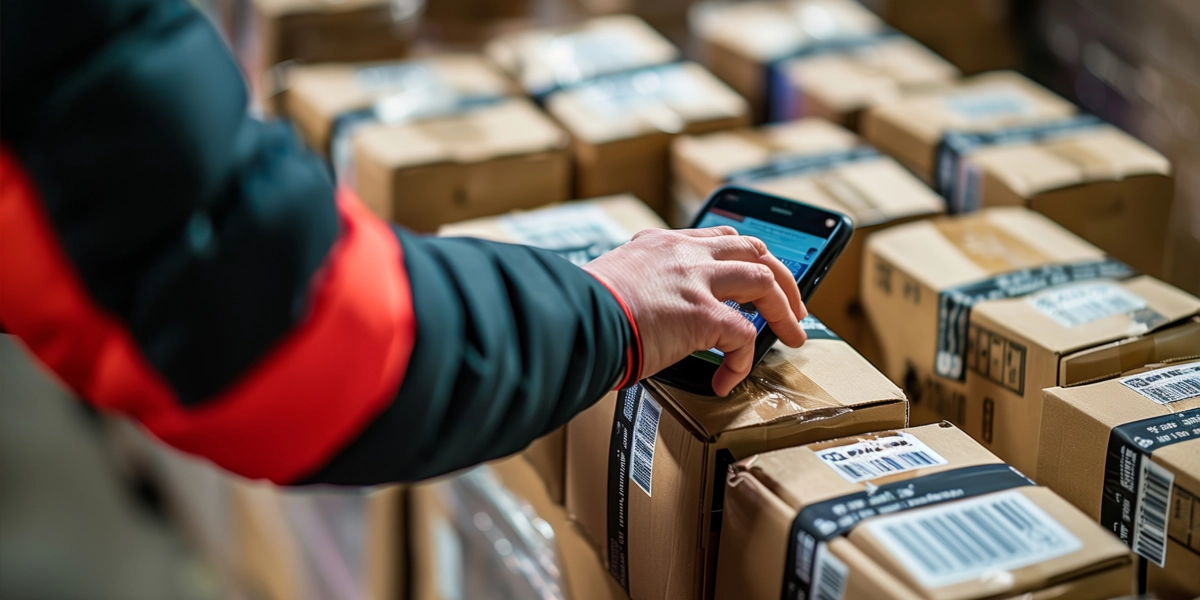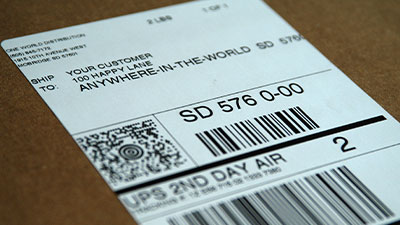In This Article:
Shipping internationally literally opens up a whole world of customers, but the leap from domestic to global is just as big as the growth opportunity it offers. If you haven’t planned for all the additional fees you can face in international shipping, orders could actually cost you money. Today we’re going to break down each one so you have a planning guide as you consider the leap to global markets.
EXPRESS COURIERS VS POSTAL COURIERS
The first decision you need to make is whether to use a country’s government run postal service or a global express courier like FedEx, UPS, or DHL. While postal couriers are far more affordable, their slow delivery times and relatively poor customer support can cost you orders. For most e-commerce companies, it’s likely that you’ll need to work with express couriers for at least some of your customers, so we’ll focus on them for the purposes of this article.
DELIVERY RELATED CHARGES
There are a wide range of charges you need to watch out for in international shipping, so we’ll break them down by category. The first is charges related to delivering your package. While you also find fuel surcharges, remote location surcharges, and failed delivery surcharges in domestic shipping, their likelihood increases when you ship from one country to another. To price your shipping accurately, you’ll want to map out the regions you’ll be shipping to and add remote location data to your shopping cart system. It’s also important to be transparent with your customers about these price increases so they know why they’re incurring extra costs.
PACKAGING RELATED SURCHARGES
When it comes to shipper-preferred packaging, international standards can be even more strict than domestic. You’ll want to research your carrier’s standard-pricing box dimensions and see if you can use them exclusively in packing your goods to keep costs down. Metal, wood, and cylindrical packages incur extra fees, as do parcels weighing over 80kg.
TAXES AND DUTIES
Goods that enter a new country are subject to taxes and duties according to that country’s import laws. As a seller, you have two options for handling their payment: DDU and DDP, which stand for “Deliver Duty Unpaid” and “Deliver Duty Paid” respectively. If you choose DDU, the buyer is responsible for paying duties upon receipt. This keeps the sticker price of your items down, but also runs the risk that the buyer will refuse to pay the duty, voiding the sale and hitting you with a returned item fee from your carrier. With DDP the buyer pays duties up front in your shopping cart system, increasing the sticker price but reducing the risk of returned items. One more important thing to note — don’t under declare the value of your goods. If a customs officer opens your package and determines that the value of the item is higher than what you declared, you’ll be subject to steep fees.
PUTTING TOGETHER A PLAN
International shipping is complex, and estimating the fees you can expect to pay for a given shipment is a detailed operation. Some reports estimate that 35% of the fees charged by express shippers are accessorial, or above the base cost. You can use that number as a ballpark estimate as you start planning out pricing for international shipping. If you’d like a partner in plotting out a pricing strategy that saves you from hidden fees, we’d love to help. You can reach us at 1-866-289-9010 or shoot us an email at sales (at) owd (dot) com.
In This Article:
Subscribe to our Newsletter
Tincidunt urna mauris eu quam vulputate lobortis sit. Purus feugiat arcu nunc quisque massa ut.



























